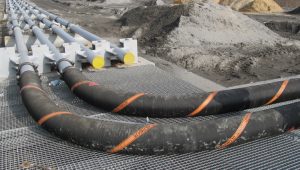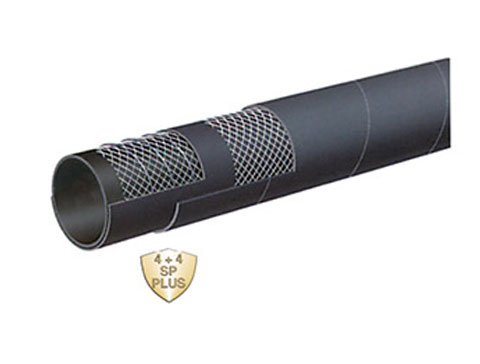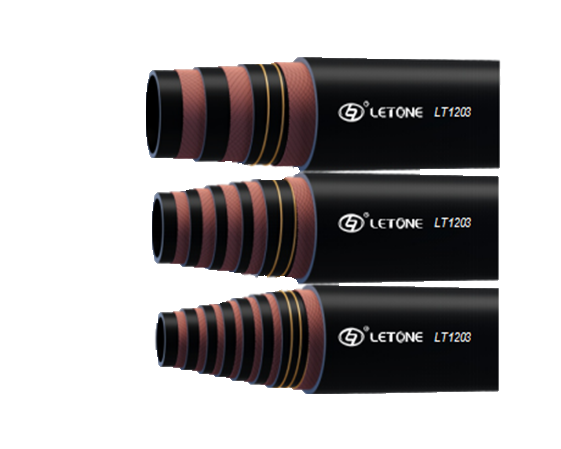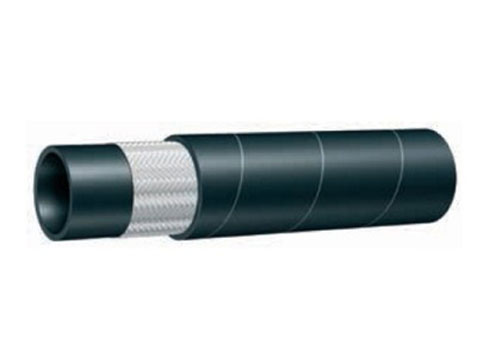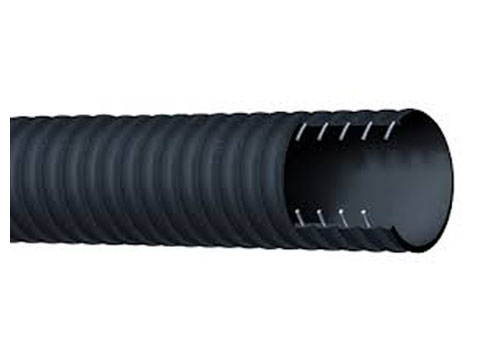Understanding the Differences Between Tracheal Tubes and Pneumatic Hoses
release date:2023-09-15 09:35:12
reading volume:
share:
Tracheal tubes and pneumatic hoses are both essential components in various applications. However, they serve distinct purposes and exhibit notable differences in their design and functionality. This article aims to elucidate these differences, highlighting the unique characteristics and applications of tracheal tubes and pneumatic hoses.
Exploring Tracheal Tubes:
Tracheal tubes, also known as endotracheal tubes, are medical devices used to establish and maintain an open airway in patients during surgeries or other medical procedures. These tubes are specifically designed to be inserted into the trachea, ensuring an unobstructed passage for oxygen supply and the removal of carbon dioxide. Tracheal tubes are typically made of medical-grade materials and incorporate features such as cuffs or balloons to secure proper placement and prevent aspiration.Understanding Pneumatic Hoses:
On the other hand, pneumatic hoses are flexible tubes used to transmit compressed air or gases in industrial and commercial settings. These hoses are built to withstand high-pressure conditions and are commonly employed in applications such as pneumatic tools, air compressors, and automated systems. Pneumatic hoses are constructed from durable materials, such as rubber or PVC, and are reinforced with layers of braiding or spiral wire to ensure stability and longevity.